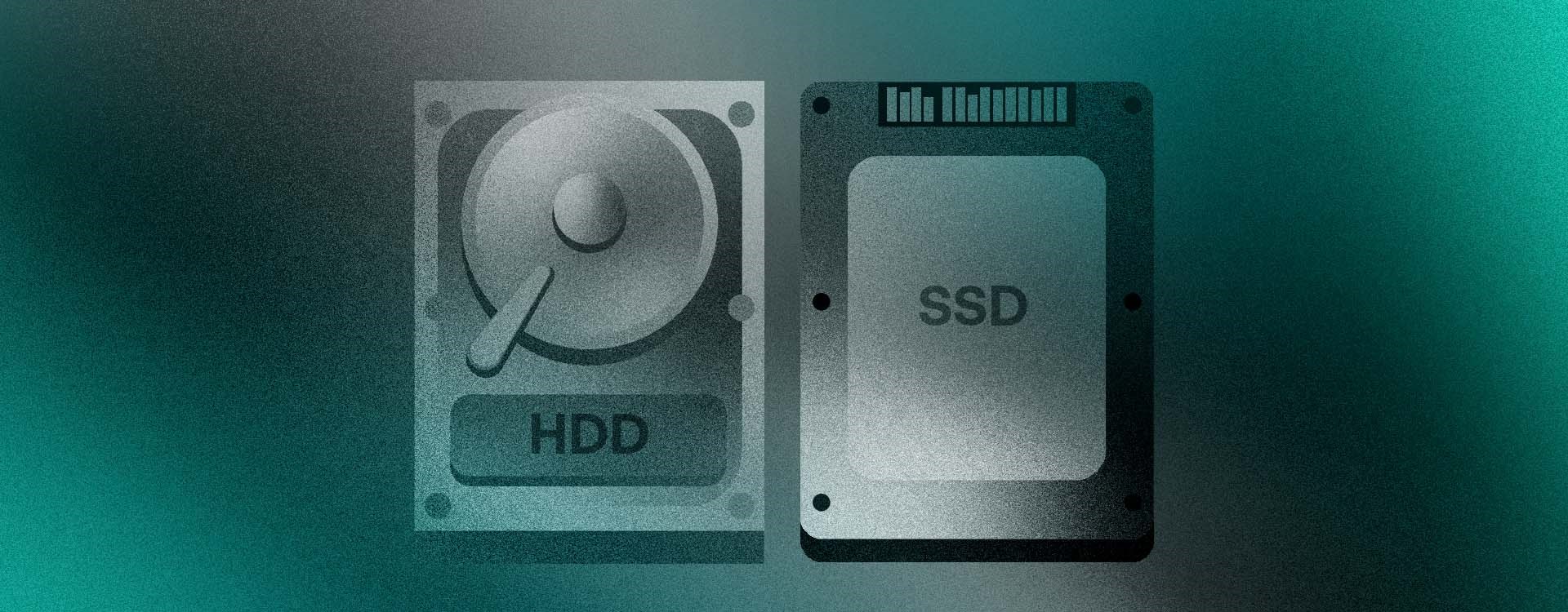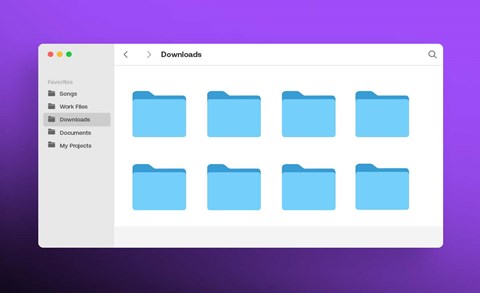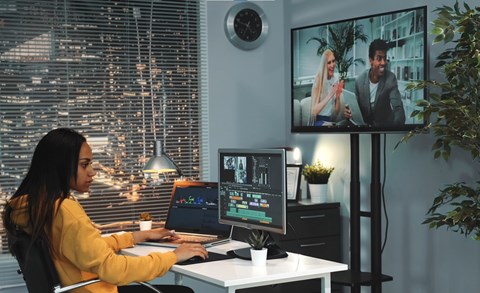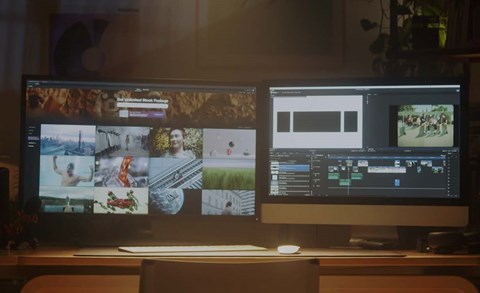When you first start getting into video editing, it doesn't take long to realize the need for some external storage, if not a new computer as well! Unfortunately, the storage and processing power that video editing demands can make it a costly and confusing interest to maintain. In this article, we aim to explain and simplify your best options for external storage and tackle some misunderstandings that could otherwise cost you more money than you really need to spend.
Why use external storage?
First of all, why should you use external storage in the first place? Maybe your computer or laptop already has quite a bit of space on it, you've never had issues before, so perhaps it will do the job? To put it into perspective, a desktop with 500GB of space could hold approximately 3.25 million pages in word documents. You could write 16,000 full-length Ph.D.'s and have room to burn. However, that same amount of space could only hold about 1.5 hours of 4K ProRes footage. I recorded 3x that amount of footage at the last wedding I filmed. In other words, video takes up a lot of space.

You may be able to get away with editing on your own desktop's internal storage for a while, but not if you ever have especially large edits, overlapping projects or if you intend to keep any footage you shot after you finish editing (for which there are many reasons to do so).
External storage allows you to dedicate a separate drive just for your editing and storage needs, leaving your computer otherwise speedy and uncluttered. When it comes to external storage, your 2 main options are hard disk drives (HDDs) and solid-state drives (SSDs).
Note: There are alternative storage options other than external HDDs and SSDs, such as purchasing and fitting internal drives (e.g., mSATA SSDs). For now, we'll just address external drives as they are the most obvious and 1st choice for the majority of editors.
SSD vs. HDD: what's the difference?
While the experience of using external HDDs and SSDs is, on the most part, remarkably similar, there are some important differences between them that are worth understanding before making a purchase. So here's a basic look at them both.
HDDs
Hard disk drives were introduced by IBM in the 1950s for a very similar basic purpose as they have today - as secondary storage devices. While they were mainly used in more niche industry contexts then, they have now obviously entered into the consumer market alongside personal computers, laptops and even tablets.
HDDs are electro-mechanical storage devices that use a system of magnetic heads and rotating platters to physically read and write data. This means that the speed of an HDD is determined by the physical moving parts within the body of the drive. Unfortunately, it also means they emit some audible noise when operational, and some can even overheat, though this is rare and usually indicates a fault. A more troublesome issue, however, is accidental damage (from bumps and drops, for example), as these intricately designed moving parts are sensitive to even slight interference.
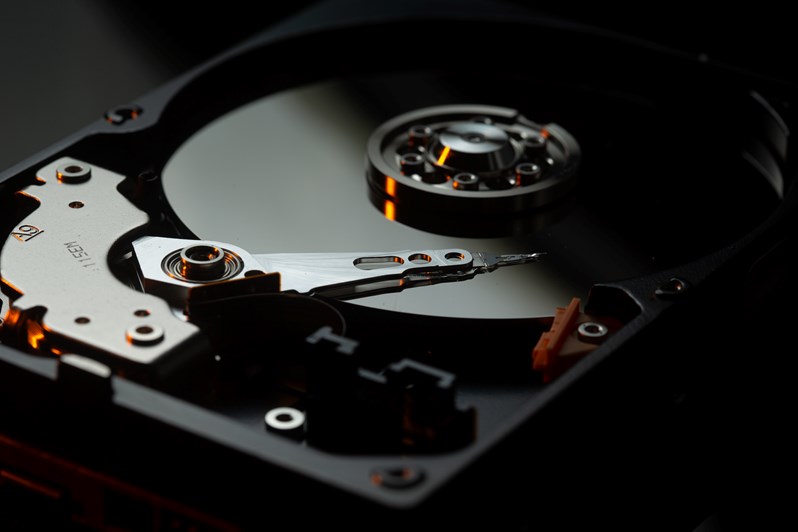
Over the years, the production of HDDs has streamlined. Therefore, the cost (typically measured in price per memory unit, e.g., bit or gigabyte) has become low and competitive against other storage options. As well as an attractive cost per bit, another strength of HDDs is their overall capacity. As the technology has developed, HDDs have become capable of holding more and more data without increasing the unit's physical size.
What both these strengths mean, in practice, is that you can now easily find a portable 5TB HDD for a little over $100. If you were willing to sacrifice portability and take on a physically larger HDD that requires main power, you could double this storage size for a similar price.
SSDs
Solid-state drives are comparatively much newer an invention than HDDs. The earliest drives operating on similar principles emerged in the 1970s. Still, the most recognizably similar SSDs to our own (i.e., flash-based as opposed to electro-mechanical) only became commercially available in 1991.
This flash-based memory system that SSDs use (which is not found in HDDs) is defined by its electronic data storage method. This means that, unlike HDDs, it requires no spinning or moving parts to read or write data. As such, SSDs are physically less vulnerable to accidental damage. Also, they are smaller and lighter, run silently and require less power to use.
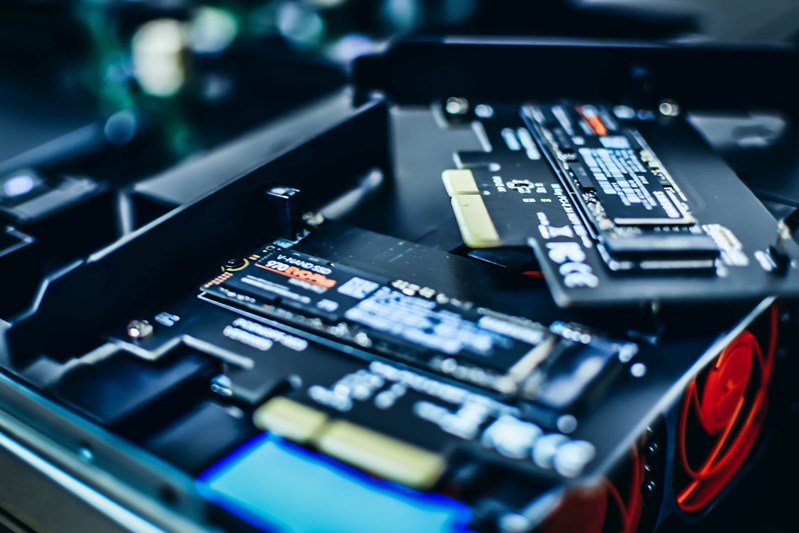
The advantage most often associated with flash-based systems, and therefore SSDs, is the resulting speed benefits from bypassing the need for mechanical parts. Read and write speeds tend to be notably faster in SSDs when compared to typical HDDs - up to 10x the read speeds and up to 20x the write speeds, in some cases.
While SSD technology is advancing rapidly, it is still the newcomer compared to its mechanical counterpart, so it has its limitations. The most crushing charges against SSDs for an editor's workflow are how costly they are per bit and how limited their overall capacity still is. A 1TB SSD will typically cost at least twice the price of the same size of HDD. Due to the challenges involved in creating high-capacity SSDs, they increase in price exponentially beyond this point. Remember how much space video footage takes up? For a pro editor to use SSDs exclusively could lead to quite a financial hit.
A common misunderstanding about drives and editing
Before moving on to talk about what choice is right for you when it comes to SSD vs. HDD, it may be worth addressing a commonly cited misunderstanding about drive speed that could impact your decision.
As discussed above, SSDs are without a doubt the winner when it comes to speed. However, this will often be phrased online (as even I did above) in terms of relative speed comparisons, such as SSDs having "10x the read speeds" of HDDs. When an editor hears this, they naturally think an SSD will enable their editing software to read their files more quickly (10x more quickly!) and make for a buttery smooth editing experience.
In practice, an editor will likely not notice a 1,000% speed increase when transitioning from an HDD to an SSD, as the statistic would imply. In fact, they may not notice much speed improvement at all.
The main reason is that even though your files may be stored on your external drive, your computer's own RAM (Random Access Memory) will take on the bulk of the workload when video editing. That's because the computer temporarily stores the necessary files there for quicker access. So while an SSD will be faster when importing into your NLE, once it's there, it has done its job. Then the RAM takes over until significant enough changes prompt it to reinterpret data from the source again. So while your SSD will once again cooperate with the RAM faster, the majority of your actual editing speed will depend on your RAM and not your external drive.
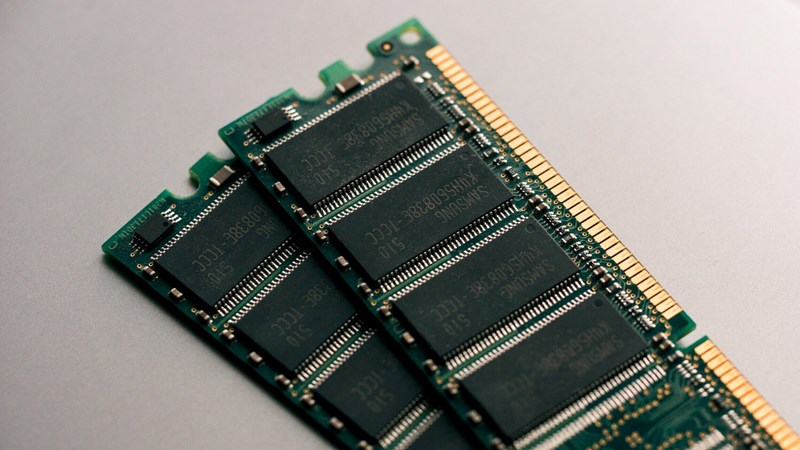
As you will shortly read, there are still plenty of benefits of choosing SSDs over HDDs, but unfortunately, one of them will not be dramatic speed improvements to your editing workflow in all cases.
What choice is right for you?
Having laid the groundwork, it's time to concisely evaluate what choice is right for you, your needs and your budget. An SSD or an HDD?
Budget
This one is regrettably quite simple. If your budget is the biggest factor in your decision, the best option to invest in is an HDD. From a "bang for your buck" perspective (where bang equals storage capacity), there is not much competition coming from the SSD market at the minute. That said, if you don't need much extra space and the other benefits of SSDs appeal to you, you could put your money towards a lower-capacity SSD instead. There is also one more budgetary concern over HDDs that may be better addressed in our next topic - safety.
Safety
The delicate nature of an HDD's mechanical spindles, platters, heads and arms have led to one too many gut-wrenching stories of videographers corrupting client footage or editors losing months of work because of very minor bumps or drops. Their status as the cheaper option of the two doesn't account for instances where you have to buy an HDD after it breaks. SSDs, on the other hand, are physically much more robust than HDDs, and with the data being stored digitally, there is little chance of corruption or loss. If you want security, SSDs are your best choice.
Speed
As covered earlier, SSDs are definitely faster. However, it probably won't completely transform your editing game because of the RAM and other features of your editing laptop or computer. If your own computer's specs are decent, you may find investing in an SSD unnecessary. By the same logic, however, a lackluster RAM could only benefit from a speedy companion like an SSD to pick up the pace where it can, at least. Different NLEs also use things like RAM, CPU, GPU and external drives differently for different tasks. This means that your own computer and NLE setup could benefit from an SSD in some editing stages but less so in others.
A balanced approach to conclude
Given the various strengths and weaknesses of our 2 options - SSDs and HDDs - perhaps the best way to end this post would be to offer a balanced approach to using both as part of a file management system, ideally without spending more than you need.
If SSDs offer security, convenience and some speed benefits and HDDs give cheap storage and large capacities, your best approach may be to purchase a lower capacity (therefore cheaper) SSD and use it on a project-by-project basis. Then, you could establish a system of more affordable (even less portable) HDDs for storage and backups. By doing so, you could ensure your SSD, though small, is always enough for any single project since the HDDs are there to offload once each is finished.
The storage climate is changing, and it would appear to be doing so in favor of SSDs. But for the time being, a pro editing workflow will probably mean balancing the 2 in a way that uses both their strengths and minimizes their weaknesses.
About Tim
Tim McGlinchey is a lecturer in Northern Ireland's leading film school, where he specializes in teaching cinematography, editing and scriptwriting. His professional background is in commercial videography and narrative filmmaking, which he still engages in heavily by writing and directing short films and contributing stock footage to Artgrid.io.
